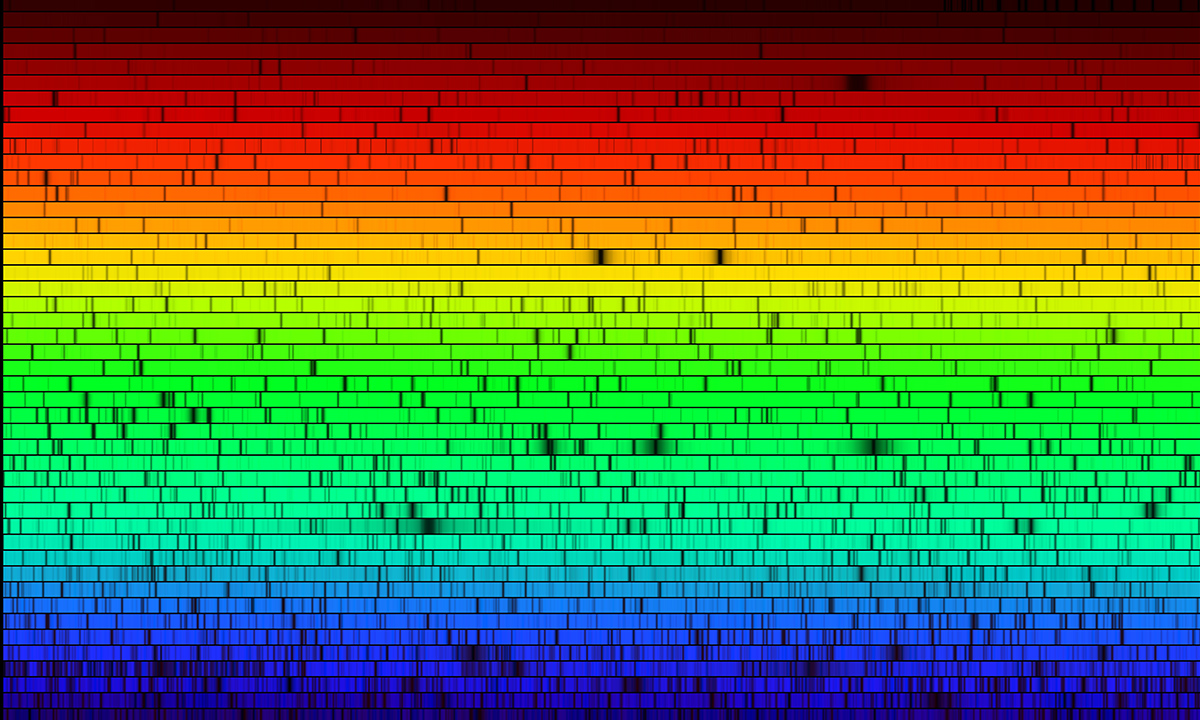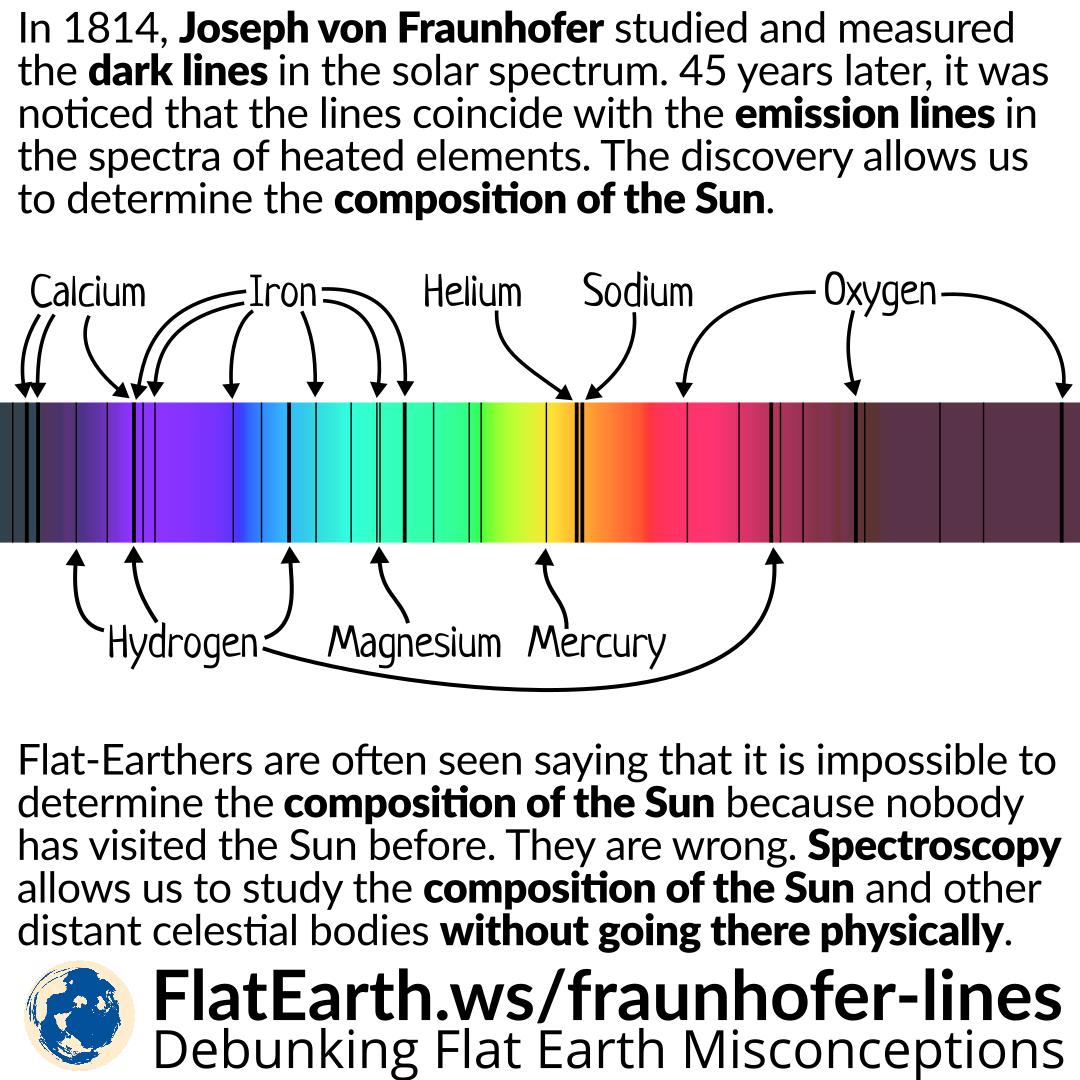beryllium732 wrote: ↑Tue Jul 05, 2022 7:24 pm
Chris Peterson wrote: ↑Tue Jul 05, 2022 3:56 pm
howard.freeland wrote: ↑Tue Jul 05, 2022 3:23 pm
We are in-line with the distant lensed galaxy and the gravitational lens itself. I'd like to presume that there really are astronomers on that distant galaxy gazing at the lensed Milky Way. I wonder what they would be seeing right now, whatever "right now" means in this relativistic universe?
This is an unusual system. The source is at z=1.48 (9.3 Gyr) and the lens is at z=0.36 (4 Gyr), meaning that the lens is approximately centered between us and the source. In most cases where we observe Einstein rings, the lens is much closer to us than the source, meaning that anybody at the source would likely not see our galaxy lensed. This is a rare case where they might.
How do they know that the lensed galaxy is 9.3 Gyr away? How is it possible to measure that?
Distance is normally measured using redshift. Measuring redshift would not be possible if it was not for the presence of absorption lines in stellar spectra (and also in the spectra of galaxies).
When a star or a galaxy is moving away from us, the dark spectral lines move toward the red part of the spectrum, like this:
So basically astronomers just study the spectral lines of a galaxy to find out how redshifted the lines are, and therefore, how far away the galaxy is.
It's reddish orange color is because of the redshift? I see streams of blue bands which i guess is hot blue stars? But I guess that the lensed galaxy would be much more blue looking if it were much closer?
Take a look at the APOD again. Inside the white oval is a fairly undistorted view of the lensed galaxy. The lensed galaxy is relatively similar to nearby galaxy NGC 7678. Both galaxies have an intrinsically yellow center (although the distant galaxy appears to lack a brilliantly bright core), and both of them have one blue arm.
Bear in mind that the light from the distant galaxy in the APOD is very redshifted, but one of the galaxy's arms is intrinsically bluer than the rest of it. The filter used for this Hubble image were F555W, which is this color:
███, and two infrared filters. What passed through the yellow-green filter was mapped as blue in the Hubble image.
Bear in mind that what we see as blue in the APOD was originally emitted as ultraviolet light, which has then been redshifted to yellow-green light by the time it reached the Earth.
Ann
 A Molten Galaxy Einstein Ring
A Molten Galaxy Einstein Ring



